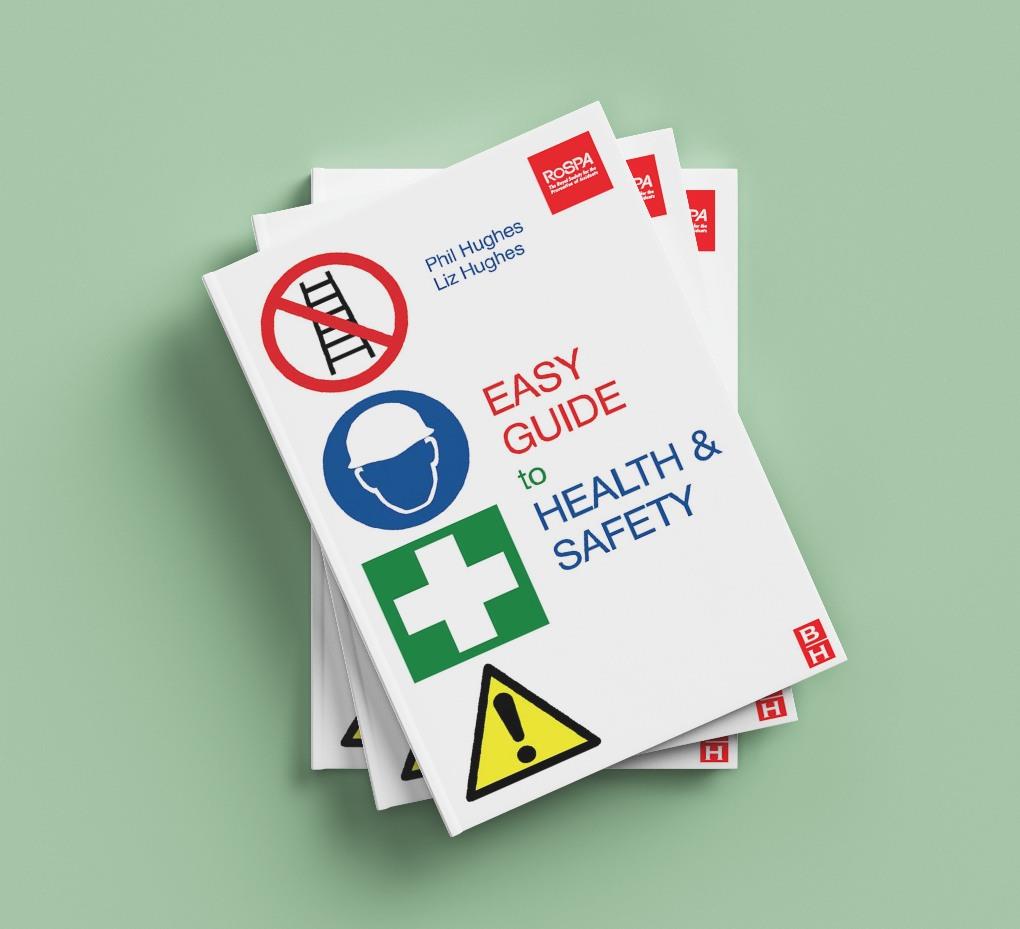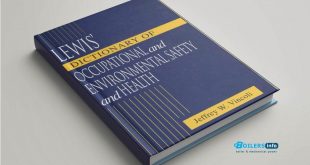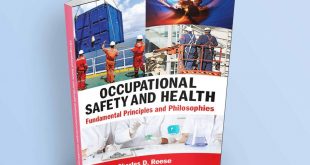
An Easy Guide to Health and Safety: Ensuring Workplace Safety and Well-being
Health and safety are critical components in any workplace environment. Ensuring the well-being of employees, visitors, and contractors is vital not only for compliance but also for fostering a productive and efficient work environment. This guide will walk you through essential aspects of health and safety, from basic definitions to more specific practices, risks, and legal frameworks.
What is Health and Safety All About?
Health and safety refer to the practices, regulations, and measures put in place to prevent accidents, injuries, and illnesses in the workplace. The primary goal is to ensure that employees are protected from hazards that could harm their physical or mental health while working. It encompasses a range of topics, including hazard identification, risk assessment, safe work practices, and emergency response protocols.
Managing Health and Safety
Effective management of health and safety requires a structured approach. Employers must establish clear policies and procedures, designate responsibility for safety matters, and provide employees with the necessary training. Managing health and safety includes:
- Risk Assessment: Identifying potential hazards and evaluating their risks.
- Control Measures: Putting safety controls in place to minimize or eliminate risks.
- Monitoring and Review: Continually assessing the effectiveness of safety measures and making improvements when necessary.
A strong health and safety management system fosters a culture of safety that benefits both the company and its employees.
Framework of Health, Safety, and Fire Law
Every workplace must comply with health, safety, and fire laws. These laws aim to prevent accidents, injuries, and environmental damage. In many countries, regulatory bodies set these standards, such as OSHA (Occupational Safety and Health Administration) in the United States or the HSE (Health and Safety Executive) in the UK. Key elements of these frameworks include:
- Risk assessment requirements.
- Health and safety regulations that address specific industries (e.g., construction, manufacturing).
- Fire safety laws that ensure emergency protocols, proper equipment, and safe working conditions.
- Employee rights and duties regarding reporting hazards and participating in safety training.
Control of Safety Hazards
Identifying and controlling safety hazards is the core of a safe work environment. Hazards in the workplace can range from physical hazards, like machinery, to environmental hazards, such as exposure to harmful chemicals. The key to controlling safety hazards involves:
- Eliminating the hazard when possible (e.g., replacing a dangerous machine with a safer alternative).
- Substituting hazardous materials with safer ones (e.g., using non-toxic chemicals).
- Engineering controls (e.g., using safety guards on machinery or installing proper ventilation).
- Administrative controls (e.g., training employees on safety practices and creating safe work procedures).
- Personal protective equipment (PPE), such as helmets, gloves, and goggles, to protect employees from remaining risks.
Hazardous Substances – Health Hazards
Exposure to hazardous substances in the workplace can lead to long-term health issues, including respiratory diseases, cancers, and skin disorders. Examples of hazardous substances include:
- Chemicals (e.g., solvents, acids, and pesticides).
- Dust and particulate matter.
- Biological agents (e.g., bacteria, viruses, or mold).
- Asbestos.
Employers must ensure that proper measures are in place to protect workers from exposure, including the use of PPE, engineering controls, and ventilation systems. Regular monitoring and testing of workplace environments can help identify hazardous substances and assess the risk levels.
Physical and Psychological Health Hazards
Workplace hazards can affect both physical and mental health. Physical hazards might include exposure to noise, temperature extremes, or repetitive movements. Psychological hazards, often referred to as psychosocial risks, can include stress, harassment, or excessive workload. It’s essential to manage both physical and mental health hazards effectively:
- Physical health hazards:
- Noise: Prolonged exposure to high noise levels can lead to hearing loss.
- Ergonomics: Poor workstation design can lead to musculoskeletal disorders.
- Temperature: Exposure to extreme heat or cold can cause heat stress or hypothermia.
- Psychological health hazards:
- Stress: High job demands, lack of support, and long working hours can lead to work-related stress.
- Harassment: Bullying or harassment can cause mental health issues, such as anxiety or depression.
- Work-life imbalance: Excessive work hours or unclear boundaries between work and personal life can lead to burnout.
Addressing both physical and psychological health hazards involves creating a supportive work environment, implementing ergonomic solutions, and promoting mental well-being initiatives, such as stress management programs.
Accidents and Emergencies
In any workplace, accidents can occur, despite all precautions. It is essential to have procedures in place to deal with emergencies, such as fires, medical emergencies, and natural disasters. Employers should ensure that employees are trained in:
- First aid.
- Fire safety (including evacuation plans).
- Emergency response procedures (e.g., for chemical spills or electrical hazards).
- Proper signage to indicate exits, first aid kits, and emergency equipment.
Regular drills should be conducted to ensure that employees are prepared for emergencies.
Sources of Information and Guidance
Employers and employees alike should have access to the right resources for staying informed about health and safety practices. Reliable sources of information include:
- Regulatory bodies: Such as OSHA, HSE, and the National Institute for Occupational Safety and Health (NIOSH), which provide guidelines and regulations.
- Industry-specific safety organizations: For example, the American National Standards Institute (ANSI) or the National Fire Protection Association (NFPA) offer safety standards tailored to specific industries.
- Safety publications and manuals: Many companies produce handbooks, guidelines, and safety manuals to help with compliance.
- Consultants and safety experts: In some cases, external experts may be needed to assess and improve safety practices within the workplace.
Employers should also provide regular training sessions and keep employees updated on the latest safety practices.
Conclusion
Health and safety in the workplace are not just legal requirements but are also vital for the well-being of employees and the success of a business. By understanding and addressing hazards, fostering a safety culture, and ensuring effective emergency procedures, workplaces can protect employees from harm and reduce risks. Adopting a proactive approach to health and safety is crucial for long-term success and a positive work environment.
 Boilersinfo Boiler and Mechanical Power Digital Library
Boilersinfo Boiler and Mechanical Power Digital Library





